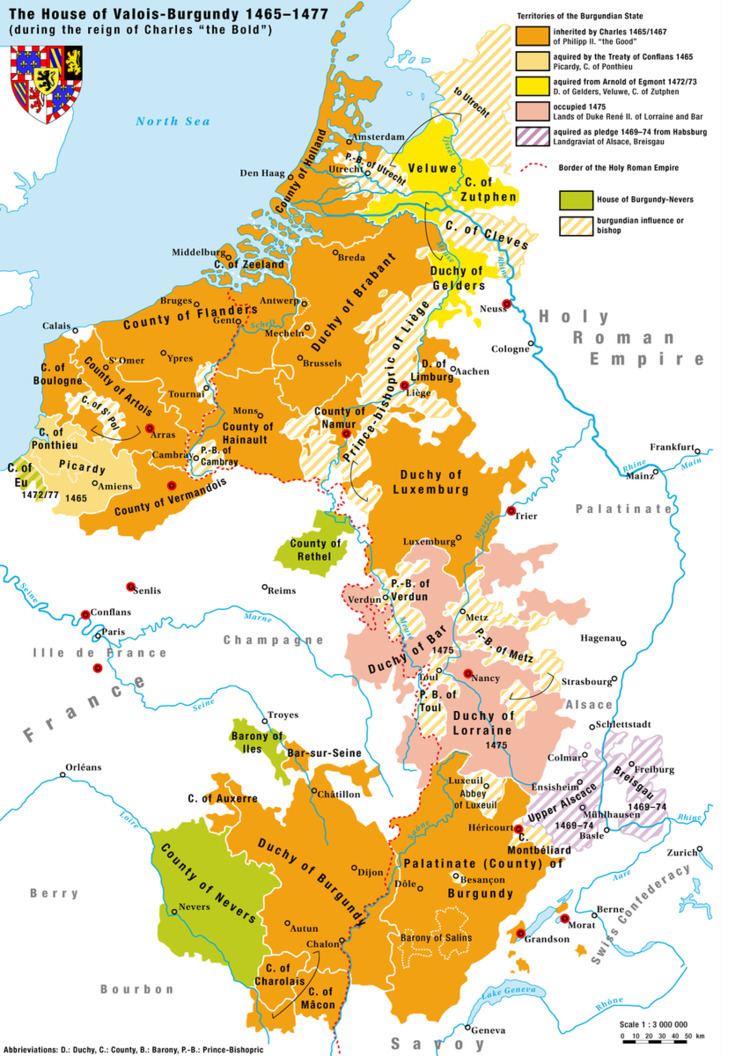Location Dijon | Phone +33 3 80 74 52 09 | |
 | ||
Type Ducal Residence, Royal residence Architectural style Gothic architecture, French Baroque architecture Construction started 1364 (for the Medieval palace) Completed 1737 (completed by the grand escalier) Client Philip the Bold, Duke of Burgundy Address 1 Place de la Libération, 21000 Dijon, France Hours Open today · 9AM–6PMTuesday9AM–6PMWednesday9AM–6PMThursday9AM–6PMFriday9AM–6PMSaturday9AM–12PMSundayClosedMonday9AM–6PMSuggest an edit Burials Philip the Bold, Antoine Le Moiturier Architects Jules Hardouin-Mansart, Jean-Michel Wilmotte Similar Musée des Beaux‑Arts de Dijon, Church of Notre‑Dame of Dijon, Tour Philippe le Bon, Dijon Cathedral, Museum of Burgundian Life | ||
Dijon capital of the dukes of burgundy
The Palace of the Dukes and Estates of Burgundy or Palais des ducs et des États de Bourgogne is a remarkably well-preserved architectural assemblage in Dijon. The oldest part is the 14th and 15th century Gothic ducal palace and seat of the Dukes of Burgundy, made up of a logis still visible on place de la Liberation, the ducal kitchens on cour de Bar, the tour de Philippe le Bon, a "guette" overlooking the whole city, and tour de Bar. Most of what can be seen today, however, was built in the 17th and especially the 18th centuries, in a classical style, when the palace was a royal residence building and housed the estates of Burgundy. Finally, the 19th façade of the musée on place de la Sainte-Chapelle was added on the site of the palace's Sainte-Chapelle, demolished in 1802. The Palace houses the city's town hall and the musée des Beaux-Arts.
Contents
- Dijon capital of the dukes of burgundy
- History of the Palace of the Dukes
- The Dukes of Burgundy ruler of the Duchy of Burgundy 13631477
- Palace of the Estates of Burgundy
- Governors of Burgundy
- The palace today
- References
History of the Palace of the Dukes
The Duchy of Burgundy was founded in the 9th century around the year 880 from the Kingdom of Burgundy, by the Carolingian kings Louis III and Carloman II of France, and the princes who shared the Carolingian Empire after reorganizing the entire kingdom into duchies and counties. Richard II of Burgundy, known as Richard the Avenger, was named marquis and first Duke of Burgundy. He was one of the six Peerage of France installed under his suzerain, King Louis III of France.
The Dukes of Burgundy ruler of the Duchy of Burgundy (1363–1477)
Palace of the Estates of Burgundy
The palace turned into a Royal residence when the Duchy of Burgundy was occupied by the Kingdom of France after the death of Charles the Bold, in 1477, and the treaty of Arras of 1482 between the king Louis XI and Maximilian I, Holy Roman Emperor.
Governors of Burgundy
After 1477, the kings of France named governors to rule Burgundy. Sometimes they came personally to Dijon, where the palace was turned into a royal residence to receive them while in the province of Burgundy.
The palace today
The ducal tombs were reinstalled in the Salle de garde following the razing of the Chartreuse de Champmol. During the 2010–12 renovation of the palace, a number of sculptures from tombs have traveled on exhibit.
